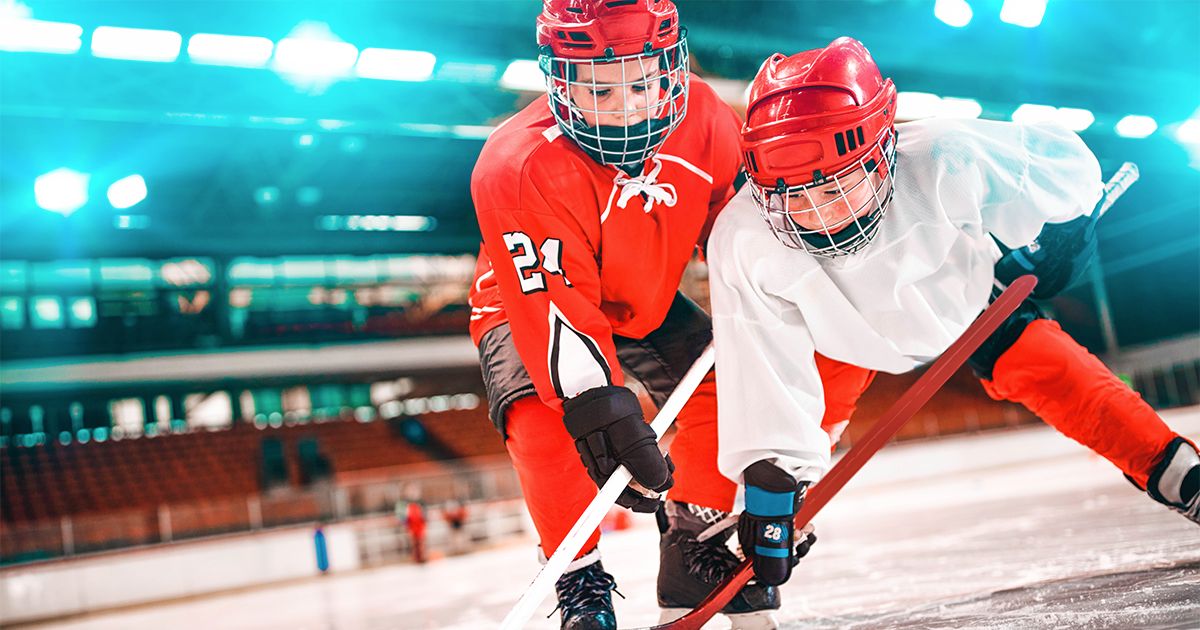Roughly 75 percent of all families have one child involved in youth sports sometime in their childhood. With the sheer volume of children in athletics, it’s inevitable that sports injuries in children occur: More than 3.5 million children under the age of 14 receive care in an emergency room every year for sports injuries, and children aged 5 to 14 years account for about 40 percent of all sports injuries treated in hospitals.
Acute Sports Injuries in Children
Many of the sports injuries suffered by children are acute injuries, those caused by a sudden accident or trauma. These injuries range from injured eyes, brain injuries such as concussions, broken bones, and connective tissue injuries. Most sports’ rules and safety equipment are designed to protect athletes from acute injury, so a large portion of trauma-based sports injuries in children stem from lack of proper safety equipment or poor supervision.
Some sports are inherently more dangerous than others, however. High-contact sports like football or extreme sports like skateboarding are more likely to produce acute injuries than swimming or running.
Overuse Sports Injuries in Children
As their name implies, overuse injuries are caused by repetitive motions that produce stress on bones or muscles over time. Overuse injuries can impact bone growth, so parents should monitor for them. They’re as common in non-contact sports as contact sports. Common overuse injuries include:
- Pitchers: Caused by repetitive motions involved in throwing a ball, elbows can become stiff and hard to fully extend.
- Swimmers: Stroke recovery places significant strain on swimmers’ shoulders. They may experience pain while swimming or, if untreated, constantly in the back of their shoulders.
- Soccer players: Overextension of the back, known as spondylolysis, is common in soccer players, as is shin splints, caused by overtraining at the beginning of a season.
To reduce the risk of injury:
- Rest. Plan to have at least 1 day off per week and at least one month off per year from training for a particular sport to allow the body to recover. Breaks during practice and games are also important in preventing over heating and injury.
- Protective equipment. Children should wear protective gear such as helmets, mouthpieces, pads, face guards, protective cups, and eyewear. Make sure gear is the appropriate fit.
- Strengthen muscles. Conditioning exercises can strengthen muscles used in play.
- Stretch. Stretching both after practice and on a regular basis can increase flexibility.

